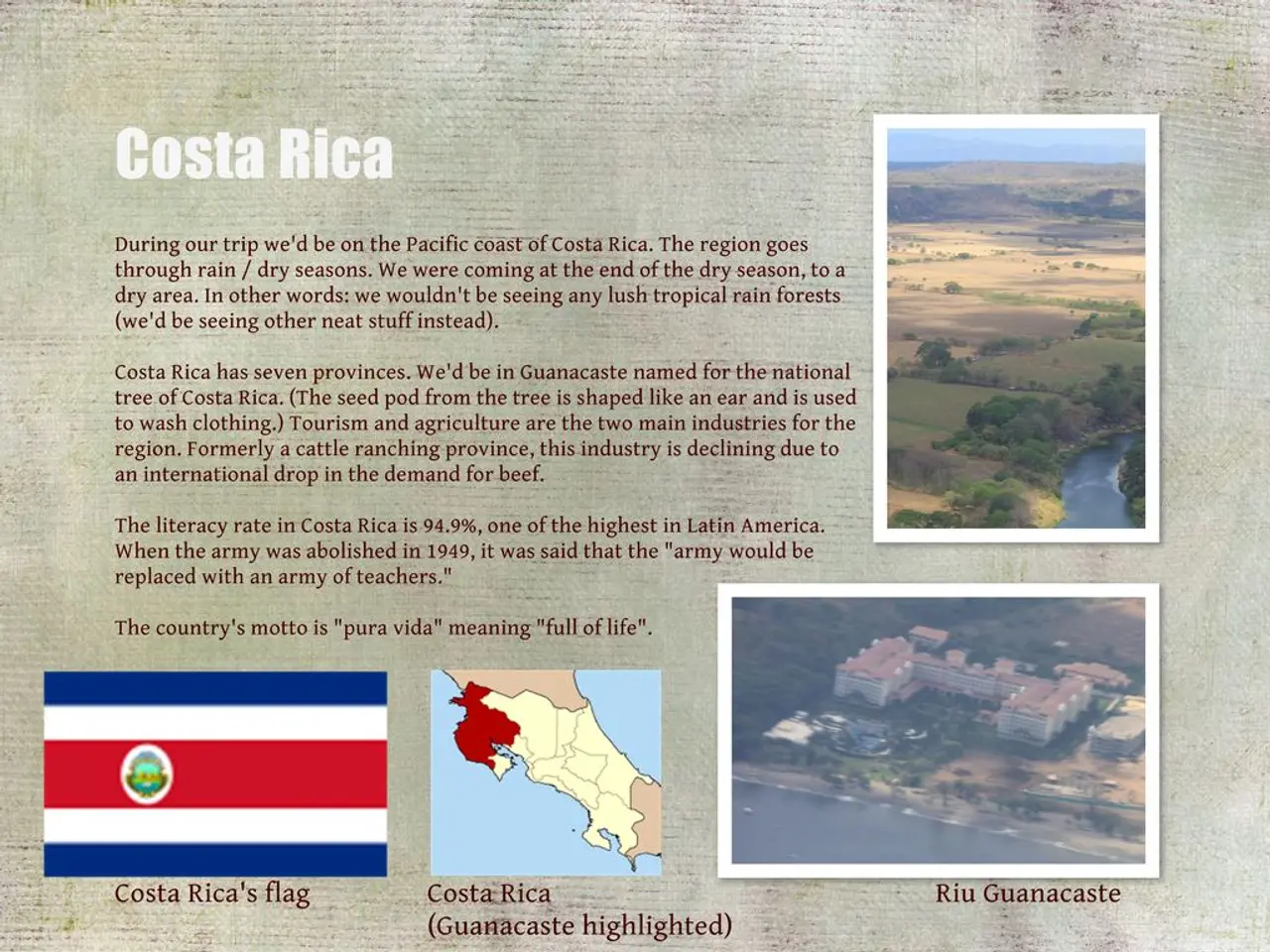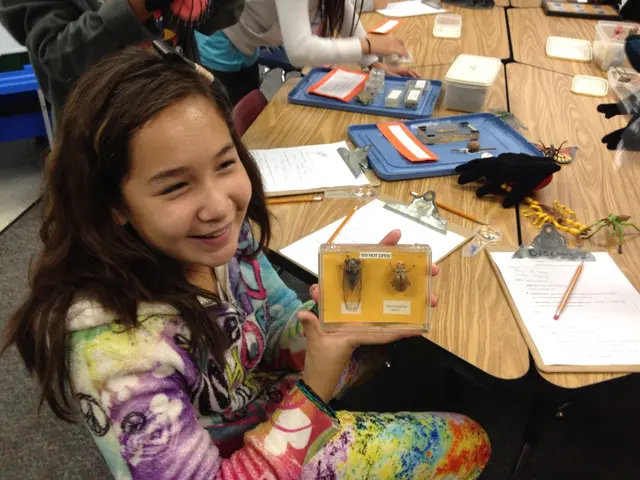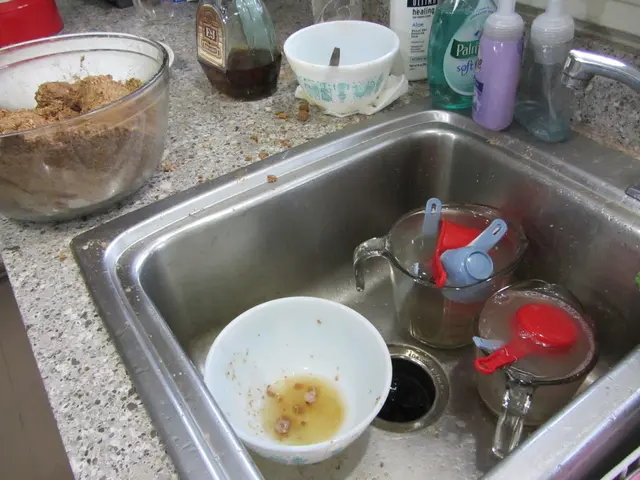Alert Issued: Potential Severe Human Rights Abuses at Santacruz Silver's Bolivia Mine before Annual General Meeting
In the highlands of Bolivia, the Bolivar Mine operated by Santacruz Silver has become a source of tension and concern for the Ayllu Acre Antequera community. This Indigenous group, who govern their ancestral land communally, have raised a series of issues regarding human rights, environmental protection, and the violation of their cultural heritage.
Recent reports detail attacks, threats, and criminalization against Ayllu members who oppose the mine, including a 2024 attack on a group of women maintaining a peaceful blockade. As a result, some women have been forced to flee their homes and remain displaced due to ongoing safety concerns. The Indigenous authorities of the Ayllu have also faced criminalization in an attempt to silence their public denunciations of the mine.
The Ayllu Acre Antequera and their partner organizations demand recognition of their territorial rights, environmental protection, respect for their cultural heritage, and the mitigation of negative health and ecological impacts caused by mining activities. These demands often call for Free, Prior, and Informed Consent (FPIC) and reparations or the cessation of harmful mining operations.
Santacruz Silver is also expected to uphold human rights, prevent irreparable harm to the environment and Indigenous culture, and rectify past harms. The company is requested to guarantee the protection and safety of nearby communities and human rights defenders.
The Bolivar Mine, located on the Ayllu's ancestral territory, has raised environmental concerns due to its water usage and contamination of the surrounding land and water sources. The mine uses vast quantities of water and has reportedly contaminated the Antequera River, causing health and environmental concerns, economic impacts on the local community, and affecting subsistence agriculture and livestock.
Technical studies have found elevated levels of heavy metals in the Antequera River, and community members report mismanaged mine waste, known as tailings, that gets picked up and blown around by the wind. The company is required to present a plan to clean the Antequera River and prevent future spills of contaminants from the mine into the watershed.
In addition, Santacruz Silver is asked to comply with the mining contract signed with COMIBOL and established in Bolivian law No. PL 345/2013-2014, specifically Clause 28 and Article 347 of the Bolivian Constitution. The company is also requested to publish the results of an independent review and investigation of the tailings facilities of the Bolivar Mine.
A report submitted by the Ayllu Acre Antequera to Santacruz Silver documents numerous human rights violations, including the right to Free, Prior and Informed Consent, right to health and a healthy environment, right to freedom of expression, right to live in safety, right to non-discrimination, cultural rights, and the right to belong to an Indigenous community.
For those seeking more detailed and up-to-date documentation on the Bolivar Mine and the Ayllu Acre Antequera community, it is recommended to consult reports and publications from human rights organizations and environmental NGOs focused on Bolivia and mining, such as Amnesty International, Human Rights Watch, or the Interamerican Association for Environmental Defense (AIDA). Additionally, reviewing precautionary measures or case documents from bodies like the Inter-American Commission on Human Rights (IACHR) can provide valuable insights.
Local Indigenous organizations and community groups in Bolivia often publish statements, demands, and documentation on mining impacts. Academic or investigative journalism focused on Bolivia’s mining sector and its social-environmental conflicts can also offer valuable perspectives. Legal or public hearings involving these communities and companies sometimes appear in OAS, UN, or regional watchdog reports.
- Science is crucial in understanding the potential impacts of mining operations on both human health and the environment.
- Workplace wellness programs can help miners manage chronic diseases like chronic kidney disease, COPD, and type-2 diabetes.
- Medical conditions and chronic diseases often require specific therapies and treatments for effective management.
- Cancer, a common neoplastic disease, can be influenced by various factors, including respiratory conditions and digestive health.
- Eye health is essential for miners, especially when dealing with hazardous substances and environmental factors.
- Hearing can be severely affected by noise levels in the mining workplace, leading to potential hearing loss.
- Health and wellness are not just physical but also encompass mental health, which can be affected by stressful work environments.
- Mental health issues such as anxiety and depression can arise from chronic stress or traumatic events in the workplace.
- Men's health is also a concern in the mining industry, with studies focusing on conditions like prostate cancer and skin care.
- Women's health is impacted by various factors, including reproductive health and skin conditions.
- Parenting can be challenging for miners, given the physically demanding and potentially dangerous nature of the work.
- Multiple sclerosis, a neurological disorder, can impact people working in stressful and physically taxing environments.
- Migraines, common neurological disorders, can impact productivity and quality of life in the mining workplace.
- Cardiovascular health is essential for miners, as they are at greater risk of heart disease due to the physical demands of the job.
- Psoriasis, a skin condition, can be aggravated by environmental factors and stress, common in the mining industry.
- Alzheimer's disease and other neurological disorders are concerns in the aging workforce of the mining industry.
- Autoimmune disorders, such as rheumatoid arthritis, can be triggered by certain occupational exposures in the mining industry.
- Climate change, a critical global issue, can impact the mining industry through extreme weather events and changes in resource availability.
- Renewable energy can be a solution for reducing the carbon footprint and environmental impact of the mining industry.
- The manufacturing industry, including the production of equipment for the mining sector, can benefit from sustainability practices and the adoption of renewable energy sources.
- The finance industry plays a crucial role in funding sustainable and ethical industries, including those focused on health and environmental wellness, such as the mining sector.
- In the context of global challenges like climate change, health issues, and human rights, it is essential to consider the broader industry impacts, including those on environmental science, retail, transportation, and the automotive and aviation sectors.






